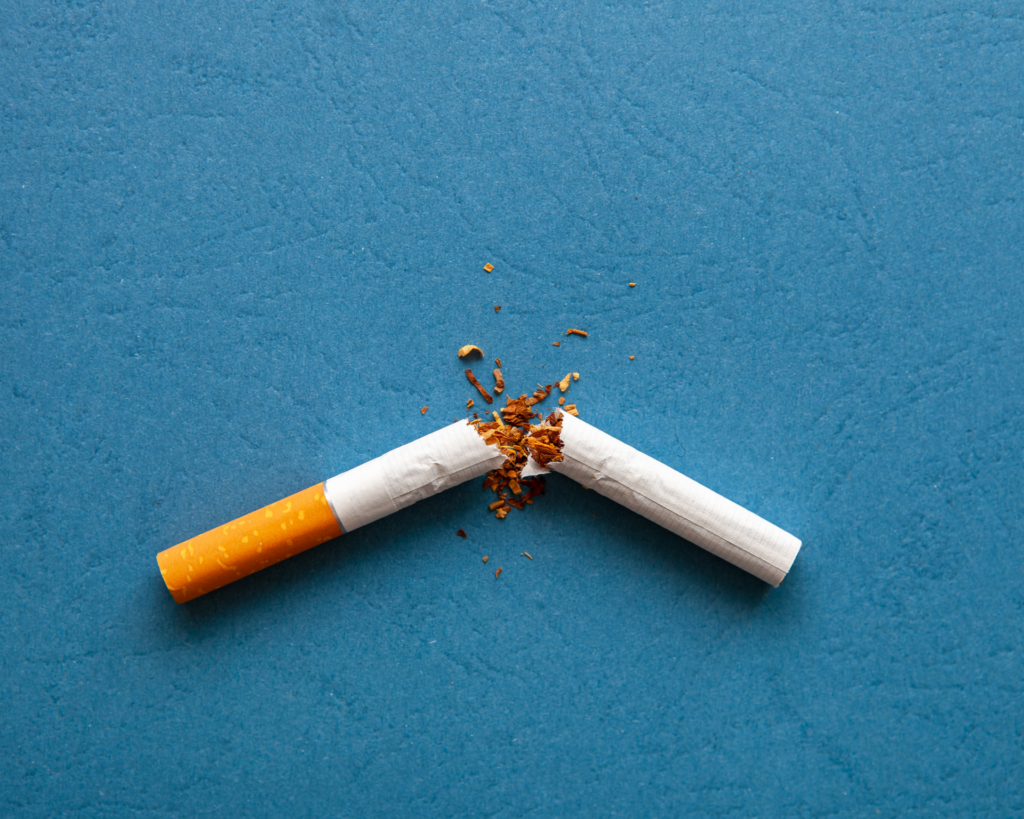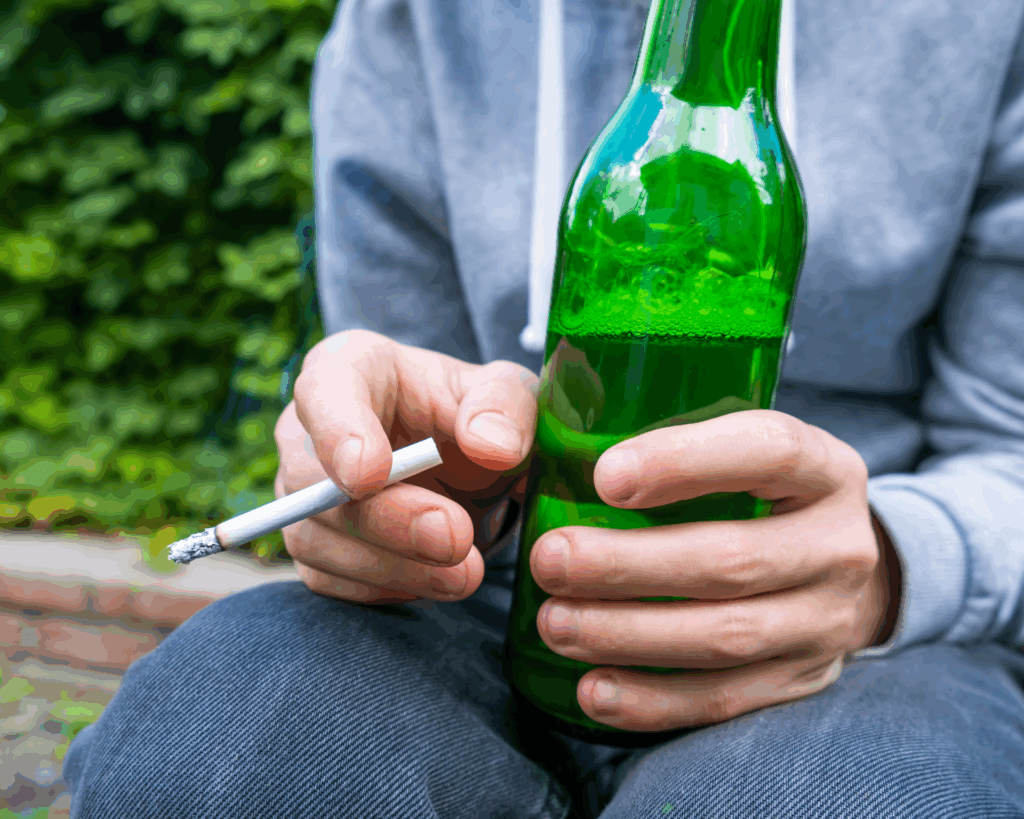Disparities in Community-Based Naloxone Distribution in New York City
While overdose prevention programs in New York City distributed nearly 80,000 naloxone kits in a single year, some areas of the city face barriers to getting the life saving drug into the hands of people who need it most.

Read Time: 4 minutes
Published:
Opioid and other drug-related overdose deaths have been one of New York City’s most pressing public health crises over the last decade. In recent years, opioid-related overdose death rates have increased most rapidly among Black and Latino adults.
According to a recent Epi Data Brief from the New York City Department of Health and Mental Hygiene, Black New Yorkers have the highest rates of overdose death. They also experienced the largest absolute increase in overdose deaths between 2021 and 2022, jumping from 52 to 62 deaths per 100,000 residents. Racial, ethnic, economic, and geographic disparities in opioid overdose deaths have steadily increased since the emergence of fentanyl in the NYC illicit drug market in 2016.
Naloxone, a highly effective medication that reverses opioid overdose, is available through pharmacies and from community-based organizations. Unfortunately, inadequately stocked pharmacies and pharmacy ‘deserts’ in racial minority and low-income communities, especially in metropolitan areas, have led to substantial inequalities in naloxone access.
In Massachusetts and Rhode Island, community-based naloxone distribution efforts have been able to fill these gaps by reaching urban, low-income, predominantly minority neighborhoods where opioid-related overdose mortality is high and pharmacies are few. We conducted a study to see if New York City might turn to a similar strategy for increasing naloxone access in neighborhoods hit hardest by opioid overdose.
Community involvement in the creation of these interventions ensures that they are culturally competent.
We were particularly interested in evaluating the ability of local overdose prevention programs to offer equitable access to naloxone across racial and ethnic groups. In New York City, overdose prevention programs include syringe service programs, correctional health services, shelters, drug treatment programs, health care facilities, and substance use-related community-based organizations. These programs provided a free naloxone kit to all people who wanted one.
We also examined whether people within a racial/ethnic group were equitably receiving naloxone across all neighborhoods in New York City. Using a spatial analysis, we identified which neighborhoods had either higher or lower-than-average overdose prevention program-distributed naloxone rates among residents in each racial/ethnic group. If two or more adjacent neighborhoods had higher-than-average rates of naloxone distribution, they were labeled “hot spots.” If they had lower-than-average rates, then they were “cold spots.”
Between April 2018 and March 2019, 170 overdose prevention programs were in operation. During this period, overdose prevention programs distributed a total of 79,555 naloxone kits. Black residents received over 28,000 naloxone kits, resulting in them having the highest receipt rate compared to all other racial/ethnic groups. Latino residents were a close second in the amount of naloxone received by overdose prevention programs. White residents, however, received a considerably low amount of naloxone compared to the other racial/ethnic groups in the analysis.
Although Black and Latino residents received the largest amount of naloxone citywide, we identified some ‘cold spots.’ For instance, we found comparatively lower rates of naloxone distribution to Black and Latino people residing in certain neighborhoods in Queens.
There are several possible explanations for lower distribution in Queens. For example, it has the highest concentration of foreign-born residents out of all boroughs in NYC. Limited access to public transportation, language barriers, and fears about documentation status may explain why residents in certain neighborhoods received less naloxone than those in other neighborhoods. Interventions for improving equitable naloxone access should focus on addressing these barriers.
Community involvement in the creation of these interventions ensures that they are culturally competent. Policies should also be put in place to prevent civil arrest from the U.S. Immigration and Customs Enforcement in spaces such as medical facilities, community-based organizations, religious institutions, and other social service facilities. Social and health care services and naloxone must be free from fear of detainment and deportation.
Photo via Getty Images




